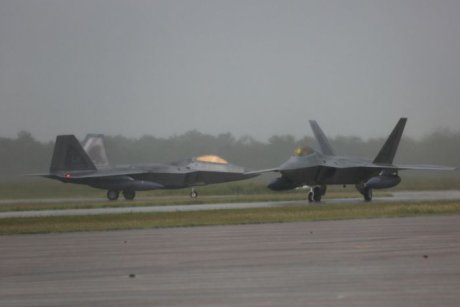Marines rock solid in Darwin under Trump

The US Marines are coming to Darwin. That’s the firm opinion of Australia’s Defence Force.
An ADF spokesman said the marine presence in Darwin would not change under the new administration of US President Donald Trump.
He said Australia and the US were now working on full implementation of a 25 year defence agreement between the two countries.
This year’s US Marine rotation, arriving in Darwin in April, is forecast to be the most complex Marine Air Ground Task Force deployed to Australia.
Around 1250 marines and up to 13 aircraft, including four MV-22 Ospreys, will create opportunities for more complex and sophisticated training activities.
Concerns about the deployment had been raised following Mr Trump’s election as US President and his comments that allies should contribute more financially towards a US military presence in their countries.
“No, there is no suggestion that the marine deployment to Darwin is up for review,” an ADF spokesman said.





